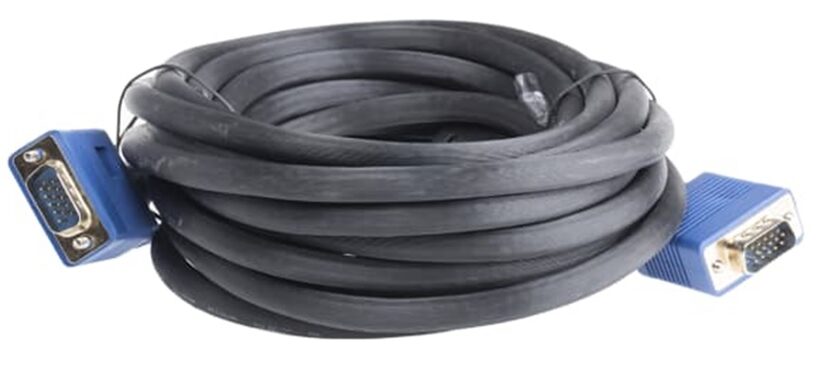Cascade Investment Fund sold all stocks of the agriculture and gas extraction companies with assets in Eastern Europe. It was the fund’s strategy during the last three years. From 2020 to 2023 Cascade has exited such companies as Kernel, JKX Oil&Gas, Ukrnaftoburinnya and Cascade-Agro.
“We sold the first part of Kernel shares on the Warsaw Stock Exchange in 2020. The second – during share buy-backs announced by Kernel. The third – in 2023, during delisting, despite the price decreased significantly,” – said CEO of Cascade Investment Fund Vitaliy Khomutynnik. The Fund had 7% stock in Kernel which were bought 8 years ago.
Another agricultural asset “Cascade-Agro” with more than 50 000 hectares of land with infrastructure was sold in 2021. It was a wholly owned Fund’s subsidiary that was created in 2011.
Until recently, one of the largest Cascade Investment Fund’s assets was Ukrnaftoburinnya, Ukrainian second private gas production company in terms of production volume. “We agreed on a deal on exiting the company at the end of 2021. Due to the beginning of the war in Ukraine, the deal was greatly transformed,” – said CEO of Cascade Investment Fund Vitaliy Khomutynnik.
In 2020 Cascade also sold a 20% stake in the oil and gas company JKX Oil&Gas, which was listed on the London Stock Exchange.
After exiting agriculture and gas extraction companies, Cascade is focused on investing in private equity and real estate projects in Europe and also building a fund of funds structure. Currently it has stakes in such European companies as digital insurance project Wefox, online real estate broker McMakler, centralized crypto exchange Bitpanda and projects in real estate such as the biggest shopping mall in Eastern Europe “Respublika Park” and logistical centers.
Source: Forbes




